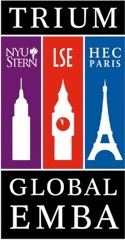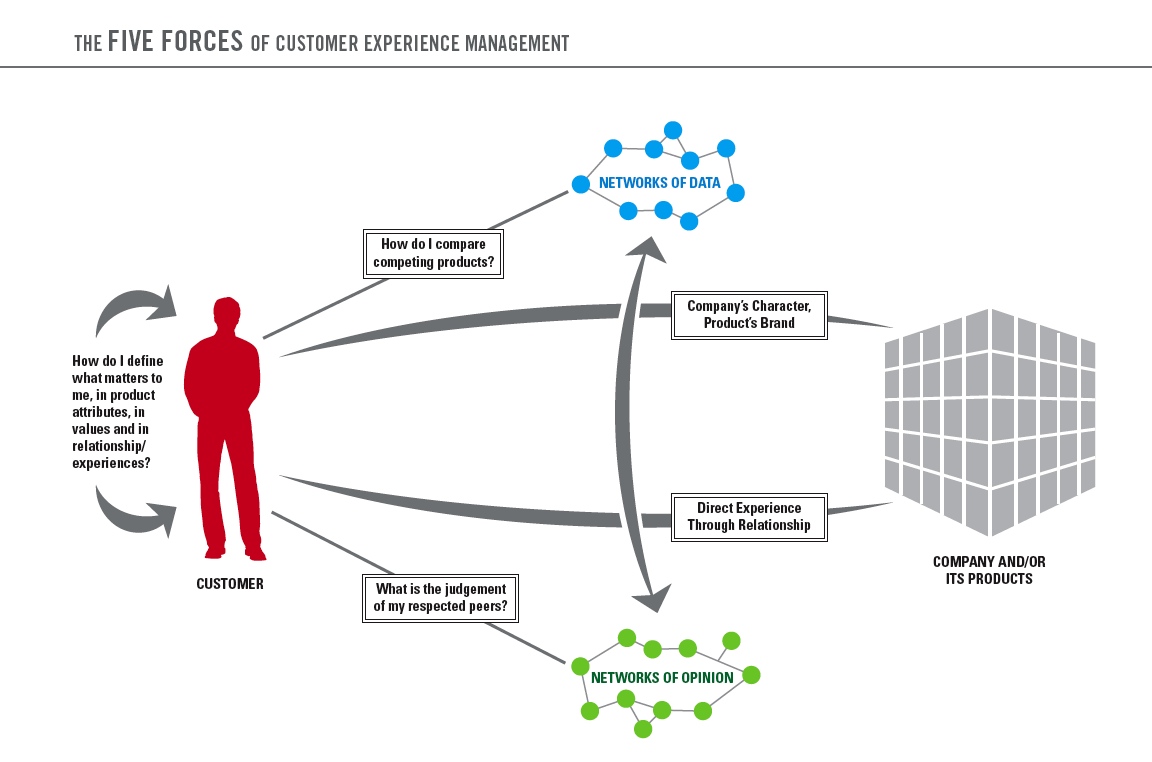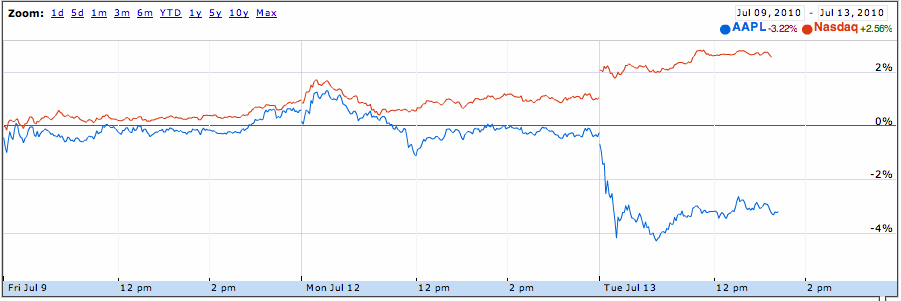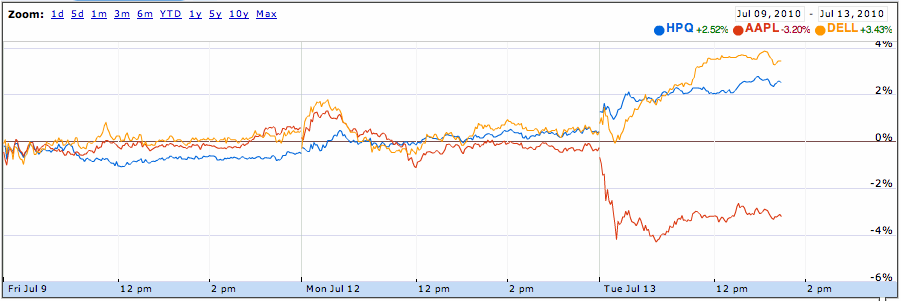A recent LinkedIn colleague, in a sincere attempt to provide value to her audience, posted a link to a white paper that was equally sincere in its "common sense" observations about the value of "timely, quality customer service" for creating loyal customers and profit.
Save me.
Common sense is not always correct.
"Don't treat customers with indifference," claims the white paper. Let's talk about indifference, and its antonym in the world of service, empathy.
When is an indifferent experience "on brand"? We've done studies that show that the indifferent treatment of a customer in a Louis Vuitton store is correlated with their purchase satisfaction. Seems contrary to logic. Until you remember that really hot girl (or boy) you were attracted to in college who wouldn't give you the time of day. A brand is not about service alone. It's about desire. I am not saying that Louis Vuitton's customer experience throughout the entire lifecycle should be indifferent. However, its brand values are not advanced by consistently being empathetic. This is not common sense, but it is critical to understanding their brand and how processes, people, and technology should be aligned.
When is an "arm's length" experience "on brand"? Ritz-Carlton's experience is far more collegial and subtle than Wal-Mart's (at Wal-Mart's best). But collegial, subtle experience is best for Ritz-Carlton's brand. (The Four Seasons, I think, would be called more deferential in its luxury service brand, contrasting Ritz-Carlton's collegiality. Ritz-Carlton's mantra is "We are ladies and gentlemen serving ladies and gentlemen. We can talk about masculine and feminine cultures in another posting - in the meantime, you might enjoy Gordon Rattray Taylor's coverage of the topic in "Rethink".)
When is an experience, even an enthusiastically empathetic service experience, OFF-brand? Wal-Mart's ejection from Germany was driven in large part because they were "too" service oriented. Germans have a different buying style. The last thing Germans want is a warm, extroverted welcome by a blue-smocked employee at the entrance.
The white paper goes on: "Minor, incremental service improvements can be hugely profitable." True, but that does not mean that good customer experience is a "continuous improvement" process.
The interaction points between a brand/company/product/service and a customer do not uniformly create value. Some of these touchpoints - if they go badly - are "moments of truth" for the customer where experience is so bad they will not return. But the customer may not blame the brand.
Consider an incremental improvement in the wobbly, or even non-functioning, wheels of shopping carts. Surely, that's a problem worth solving. Many shopping carts have wobbly wheels. It's frustrating, but do customers blame Safeway over Giant? The effort involved in fixing something that has zero impact, positive or negative, on the brand, could be spent elsewhere.
Other touchpoints - if they go badly - also destroy brand value, particularly if the promise of the touchpoint - if it had gone right - would have been to deliver a key element of the DNA of a brand. The point is, if these touchpoints go well, they can make customers happy, and brands stronger - but not every positive experience is necessarily a "branded" experience. If you get valet parking at every hotel you go to, how does that build loyalty to the brand? In fact, "minor, incremental improvements" to arbitrary touchpoints can be a WASTE of money. Focus on what's good for the customer AND what's good for the brand.
"Timely, quality care is a crucial factor in retaining customers," says the white paper. This is true to a point, but timely, quality care for many companies is expected. What this adage says, then, is, "If you offer timely, quality care, you will not upset your customers, and therefore will not give them a reason to leave." But think about that - just because you don't give a customer a reason to leave, does that mean they'll stay? That depends on the competition, on convenience factors, and a bunch of other stuff out of your control. In fact, I would say that timeliness and quality should be appropriate to the brand and those brand values you most depend on should drive your allocation of innovation and quality assurance effort.
Let me give you an example: I just rented two cars on a recent business trip to the West Coast. Two different companies - but the car return process was the same. Simple, easy, fast. But not memorable. Is this timely, quality care? Yes, and that's good. But have these companies wasted their money? Yes, because I will not choose one company over the other in the future. Now, suppose they had e-mailed me my receipt afterwards (as Apple Stores do after a retail purchase). Now I have an "end experience" that reinforces the brand. Suppose they pegged me as a "growable customer" in their CRM analytics. They could upsell me with a coupon. Suppose instead they pegged me as a loyal customer. They could reward me with a free upgrade on the next visit. And if their brand values were "fuel-efficient cars from a time-efficient rental company" (hey, it's not a tagline, it's a concept), then maybe I'd be offered a discount on a Prius if I joined their "save trees" club.
All in an email - which kills no trees.
So, the end experience is far beyond "timely, quality care". It is a moment of truth for the brand - and in this scenario, a moment of truth for me and my personal values.
The efficiency of the rental car return REDUCES the opportunity for a warm thank-you. For this kind of brand, it needs a human face. Otherwise, car renters will just think of all these companies as "rental car" companies. Which, sadly, is how they think of themselves, because they're leaving a lot of loyalty, and profit, on the table.
 Tuesday, April 12, 2011 at 2:09PM
Tuesday, April 12, 2011 at 2:09PM 





